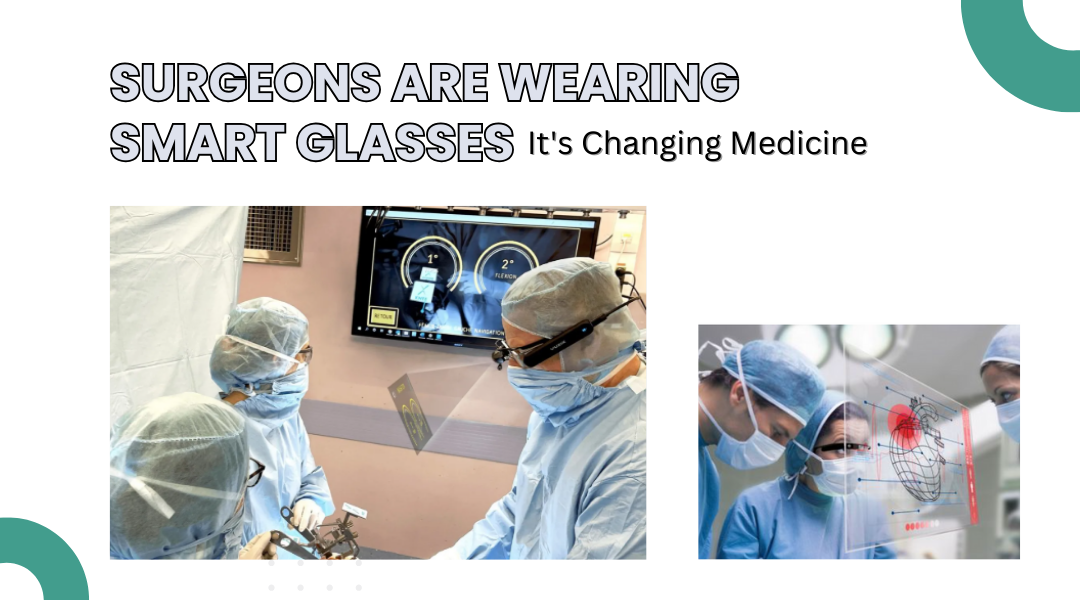You know those clunky AR glasses that made people look like sci-fi extras a few years ago? They’ve quietly become medicine’s secret weapon. Forget the gimmicks – today’s models are helping surgeons see through skin, guiding paramedics through trauma care, and even helping dementia patients recognize their families.
How AR Glasses Went From Toy to Tool
The turning point came when three things aligned:
- Display tech got medical-grade – New micro-OLED screens project CT scans onto a patient’s body with 0.1mm accuracy
- Hospitals got desperate – Staff shortages created demand for “force multipliers” in clinical teams
- Doctors stopped resisting – When the Mayo Clinic published a study showing AR reduced spinal surgery errors by 40%, skepticism faded
Where They’re Making a Real Difference
1. In the OR
- At Johns Hopkins, neurosurgeons use Microsoft HoloLens to “see” tumors through healthy tissue during operations
- A Tokyo hospital projects real-time blood flow animations onto liver transplant patients
2. In Medical Training
- Stanford med students dissect holographic cadavers that never degrade
- EMT trainees practice on AR patients that bleed, seize, or crash based on their actions
3. At the Bedside
- Nurses at Mass General use Vuzix glasses to check med dosages without turning away from patients
- A UK hospice projects calming landscapes for end-of-life patients during procedures
The Harsh Reality Check
Not all that glitters is gold:
- The “Glasshole” Problem – Early adopters complained of looking ridiculous (newer models resemble regular glasses)
- Battery Meltdowns – Some systems conk out after 90 minutes of surgery (bad timing)
- Data Overload – One ER doc described it as “trying to drink from a firehose of visuals”
What’s Coming Will Blow Your Mind
- Contact lens AR – Mojo Vision’s prototype puts displays directly on the eye
- Emotion-reading AI – Glasses that detect patient pain levels by pupil dilation
- Haptic Guidance – Vibrating frames that literally nudge surgeons away from nerves
The Bottom Line
This isn’t about flashy tech – it’s about solving real problems. When:
- A rural doctor can “bring” a specialist into the exam room via AR
- A med student can practice heart surgery 100 times before touching a patient
- An elderly patient can see medication instructions floating above their pill bottle
…you realize we’re not looking at the future of medicine. We’re already living in it.
